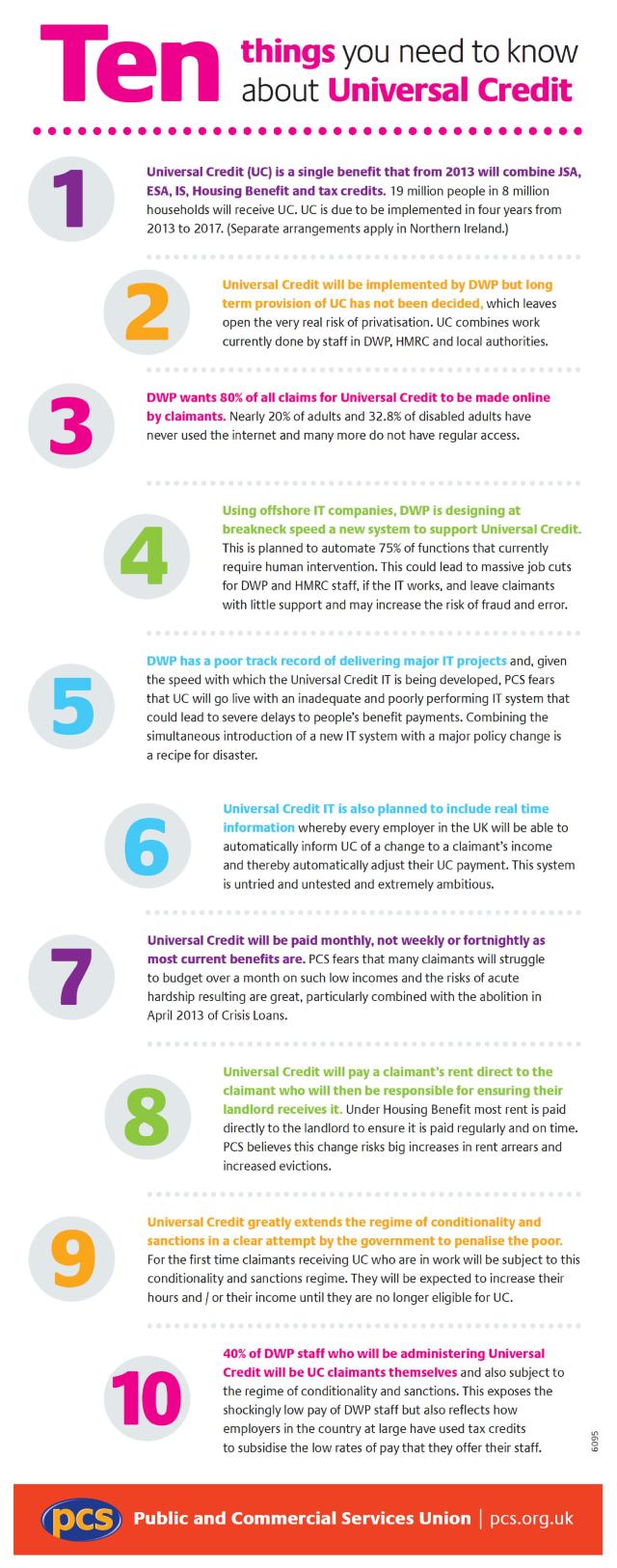
Greg Wood: ‘I was told if you can press a button you
get no points for manual dexterity, but it’s actually not what is in the
regulations.’ Photograph: Sarah Lee for the Guardian
 This article titled “Why I blew the whistle on Atos
fitness-for-work test” was written by Amelia Gentleman, for The Guardian on
Wednesday 31st July 2013 07.30 Europe/London
This article titled “Why I blew the whistle on Atos
fitness-for-work test” was written by Amelia Gentleman, for The Guardian on
Wednesday 31st July 2013 07.30 Europe/London

Greg Wood decided that he could no longer tolerate working for the
fitness-for-work assessment firm Atos earlier this year when he was asked, for
perhaps the 10th time, to change a report he had made on a claimant, in this
case making it unlikely that the individual would be eligible for
sickness benefit.
He had harboured concerns about aspects of the work he was expected to
perform for several months, but finally decided to leave because he felt the
company was unethical to put pressure on a doctor to change the conclusions of
an assessment.
His decision to blow the whistle on practices within Atos made headlines in
May, because he was the first Atos-employed doctor to put his career on the line
and articulate concerns about a system that has been criticised by charities and
claimants for years. Wood gave strong
evidence to the
BBC to suggest that the methods used to assess whether individuals are eligible
for the new incapacity benefit – employment and support allowance (ESA) – were
“unfair” and “skewed against the claimant”.
Last week, the government
revealed that the quality of reports written by Atos assessors
had fallen to “unacceptably poor” levels. Given the noise created by his act of
whistleblowing, Wood thinks he can take a sliver of credit for the government’s
subsequent decision to retrain those Atos staff delivering the controversial
fitness-for-work test and to start appointing new companies to take on the work,
alongside Atos.
No ideological dispute
Wood joined Atos in 2010 after 16 years as a navy doctor. He saw the job of
helping the government determine who was eligible for benefits as a respectable
and important position, and wants to make it clear that he has no ideological
dispute with the underlying principle of assessing people. He was paid about
£60,000 a year for a 37-hour week.
“I’m not complaining about the function of what Atos does. I’m all for
rational assessments. I’ve never liked the idea that people can just say that
they’ve got something wrong with them and you just accept that. I think you do
need an objective assessment,” he says.
Atos was given the contract to perform the work capability assessment (WCA)
by the last Labour government, and its team of doctors, nurses and
physiotherapists are responsible for carrying out a computer-led test that looks
at the claimant’s ability to perform a range of functions (walk 200 metres, sit
down for extended periods, use their hands, for example). In order to qualify
for ESA, an individual needs to score 15 points. Since the company began
reassessing former incapacity benefit claimants at a rate of around 11,000
people a week, very high numbers of people have been unhappy with the results,
and have appealed against them. The total number of people appealing every year
– both inside and outside of tribunals – has risen from 279,000 in 2009-10 to
465,000 in 2012‑13.
For the first two years, Wood had no complaints about his work, most of which
was conducting less controversial assessments for a different benefit, the soon
to be defunct disability living allowance. In May last year, however, he was
sent on a one-day training course on how to carry out a slightly updated WCA,
which had more stringent eligibility criteria, and several aspects of the
training concerned him.
The trainer gave quick rule-of-thumb guidance on several areas of the test,
which he believed deliberately traduced the more nuanced written instructions in
the assessors’ handbook on five critical areas, so that assessors were less
likely to award points to claimants. He thinks the guidance is “plain wrong” in
the five areas of: mobility, manual dexterity, continence, personal action, and
risk.
“The trainer says: ‘If they can walk from one room to another, they can walk
200 metres, which means they won’t score any points [on that section of the
assessment]‘,” he recalls. “I said: ‘Well, one room to another is not 200
metres’. I wanted to know how they worked that out, and there was no explanation
forthcoming.”
“I was told, if you can press a button you get no points for manual dexterity
– that’s easy to remember – but it’s actually not what is in the regulations,”
he says. The regulations set out a more nuanced set of tests that assess other
manual skills, he argues, making it easier for claimants to be awarded
points.
On another section of the test, he was also told: “If they can wash and get
dressed, they have enough drive and concentration to do a job.” He describes
this logic as “medical nonsense”. “That’s true if you’re two, and you wash and
dress, then that probably requires some concentration. Anyone over the age of
about five, doesn’t need to concentrate,” he says. Guidance from trainers
encourages assessors to have a “cavalier” attitude to the difficulties of
incontinence, he adds. He has written in detail about the five points in his
blog.
When he pointed out that some of the guidance was “unmedical”, his trainer
responded with “irritation”, he recalls, and shortly afterwards he was called
out of the training room to talk to his line manager. He thinks that fellow
trainees were “cowed” by the trainer and the process.
“I sensed that by questioning some of what I called bogus rules of thumb, I
triggered a degree of irritation, if not hostility, in the trainer,” he says.
“I don’t want to blame the trainers, because they were just obeying orders. The
upshot is that there will be fewer points awarded. This is one of the reasons
that there are so many successful appeals, because the tribunal judges read the
manual.”
In January, the quality of his reports began to be audited, for reasons that
are not entirely clear to him. He understands the need for auditing and was
happy to submit to the process, until line managers began to request that his
reports were rewritten.
His patience ran out when he was instructed by his line manager – the
clinical performance lead – to reduce the number of points awarded to a claimant
with serious mental health problems.
“It was clearly wrong, medically,” he says. “I had more mental health
experience than most of the staff at Atos; I was supposed to be a lead on it.
The two people who were telling me to change my report weren’t. I had seen the
person; they hadn’t. She had chronic psychotic illness, going back about
20 years, in and out of hospital, on very strong medicines. Talking to her, she
couldn’t concentrate, she rambled, she had some odd ideas about things. A
classic example of an only partially treated, chronic psychotic person. She
fully deserved points. I was specifically told to amend the report. It wasn’t:
‘You ought to think about changing it’. I was sent two emails both telling me:
‘You need to amend the report’,” he says.
He resigned within the hour. He points out that the General Medical Council
makes it clear that doctors must not change a report and risk being disciplined
for unprofessional conduct if they do.
An Atos spokeswoman said that all training delivered to Atos practitioners
was reviewed and approved by the Department for Work and Pensions.
“A practitioner will only be asked to amend their report if there are quality
problems identified within it. There is no ethical conflict in advising a doctor
that aspects of their work require further attention to meet the standards
expected; indeed, quality audit and feedback is a key aspect of all good medical
practice.”
Like all Atos employees, Wood was obliged to sign the Official Secrets Act
when he joined the company. He thinks that this was a precaution more relevant
to staff carrying out other, sensitive government contracts, and not a ruse to
muzzle doctors employed to carry out the WCA. Since he is not revealing any
official secrets, he has no qualms about speaking out, but he says becoming a
whistleblower is not necessarily a positive move for a continued medical career.
He is not currently working as a doctor, and is focusing on writing a book on
Iraq.
He describes the whole assessment process as an “embarrassing shambles”, but
does not think Atos is necessarily to blame. He thinks a system whereby private
companies are contracted in to perform sensitive tasks for the state is
inherently risky.
“Atos is a business that makes money, as all good businesses do. If you’re an
Atos executive, what you’re thinking about is the contract and getting a decent
return. If you’re a caring citizen, you worry about someone who is disabled and
has had a stroke, and who has to come to this assessment thinking that they are
going to lose some money or that someone is going to say, ‘There’s nothing wrong
with you’. These are soft social judgments that the business model cannot
handle,” he says.
Curriculum vitae
Age 48.
Family Partner.
Lives Kennington, London.
Education Dulwich College; medical degree, University of
London.
Career 2010-2013: Atos disability analyst; 2007-2010: not
working; 1991-2007: Royal Navy medical officer (2005-06, senior medical officer,
Maysan Province, Iraq; 2002‑05, principal medical officer, Faslane); 1988‑1991:
NHS junior doctor in hospitals in Dartford, Chatham and Ashford, all in
Kent.
Interests Writing, contemplating the follies of mankind,
motorcycling and drumming.














Also they are making it rain during the night using Haarp.
This follows what happened last year, where they made the ground waterlogged.
Farmers had to plough lots of crops back into the ground as they were rotting, due to continual rain.